by a young buck in the back yard.
Mule deer (Odocoileus hemionus).
by a young buck in the back yard.

Mule deer (Odocoileus hemionus).
are better to see you with.

Unidentified dragonfly.
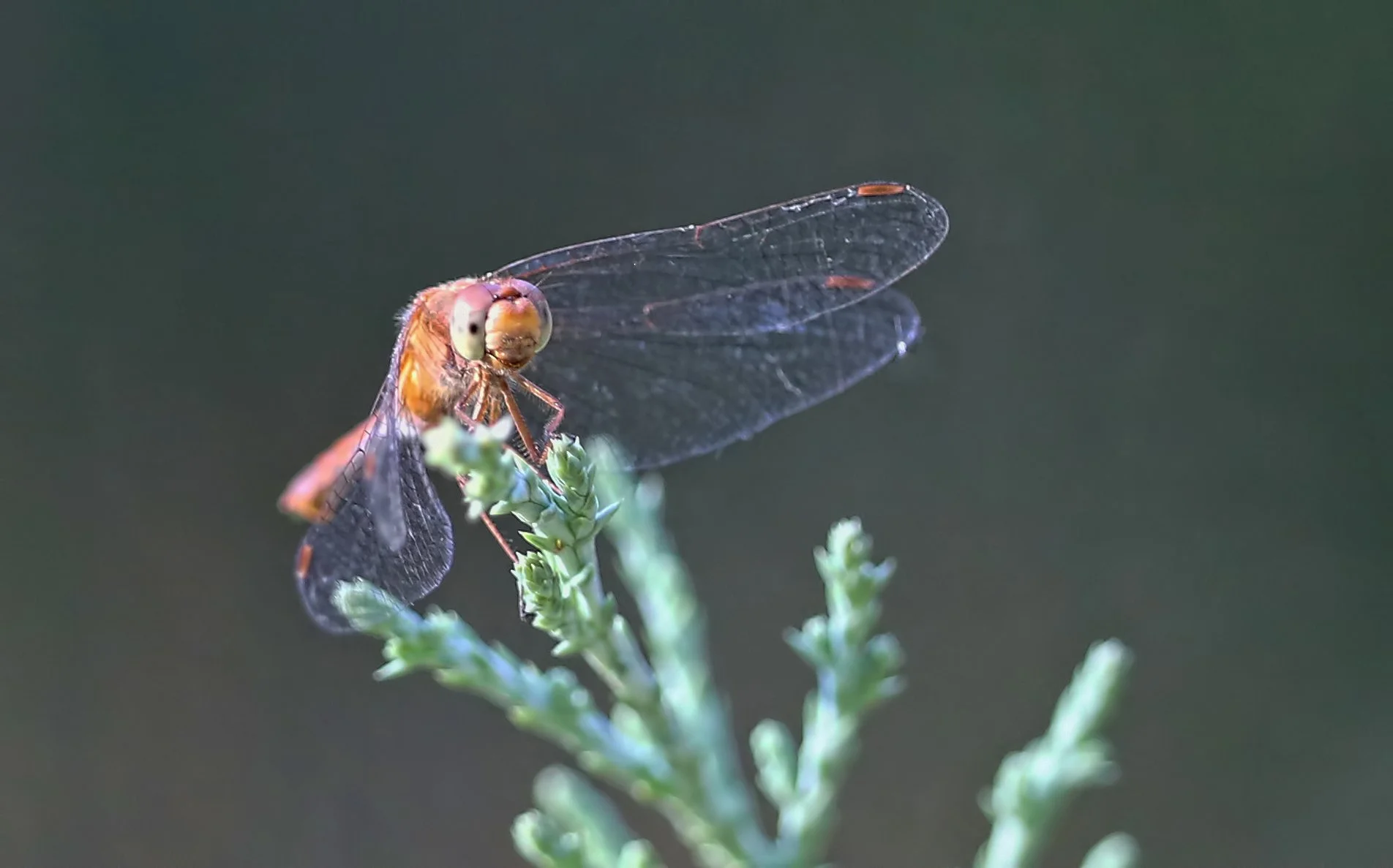
according to this ancient and rusty 3M Company sign along a state highway in eastern Washington. Indeed.

for me with two failed launch attempts due to a bad batch of Aerotech G80-7T rocket motors. One exploded in the rocket, failing to properly ignite the propellant and ejection charge, though there was no damage to the rocket body due to its robust fiberglass and epoxy construction.
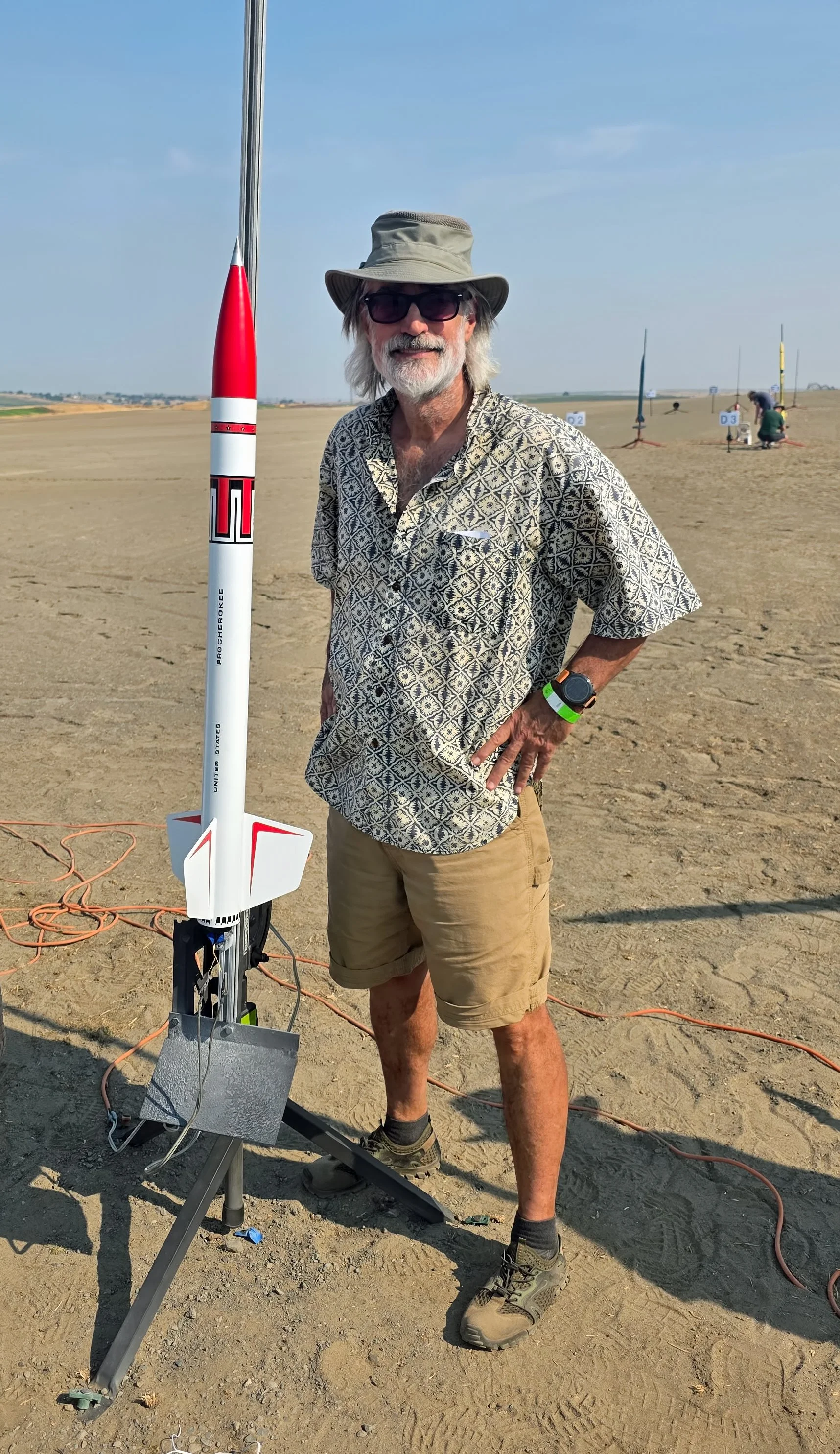
Cherokee and me, prior to launch at the sod farm on a hot and hazy day.
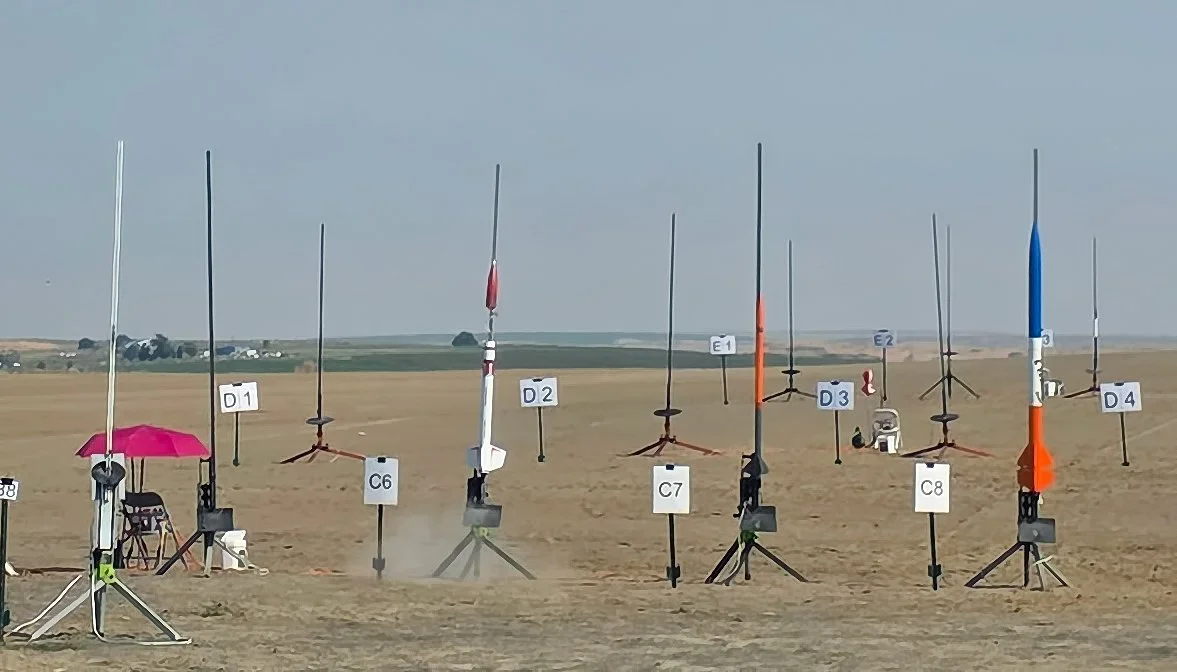
Three…two…one…chuff! The Wildman Cherokee on rail C6 at moment of ignition failure which pressurized the rocket body and popped off the nose cone.
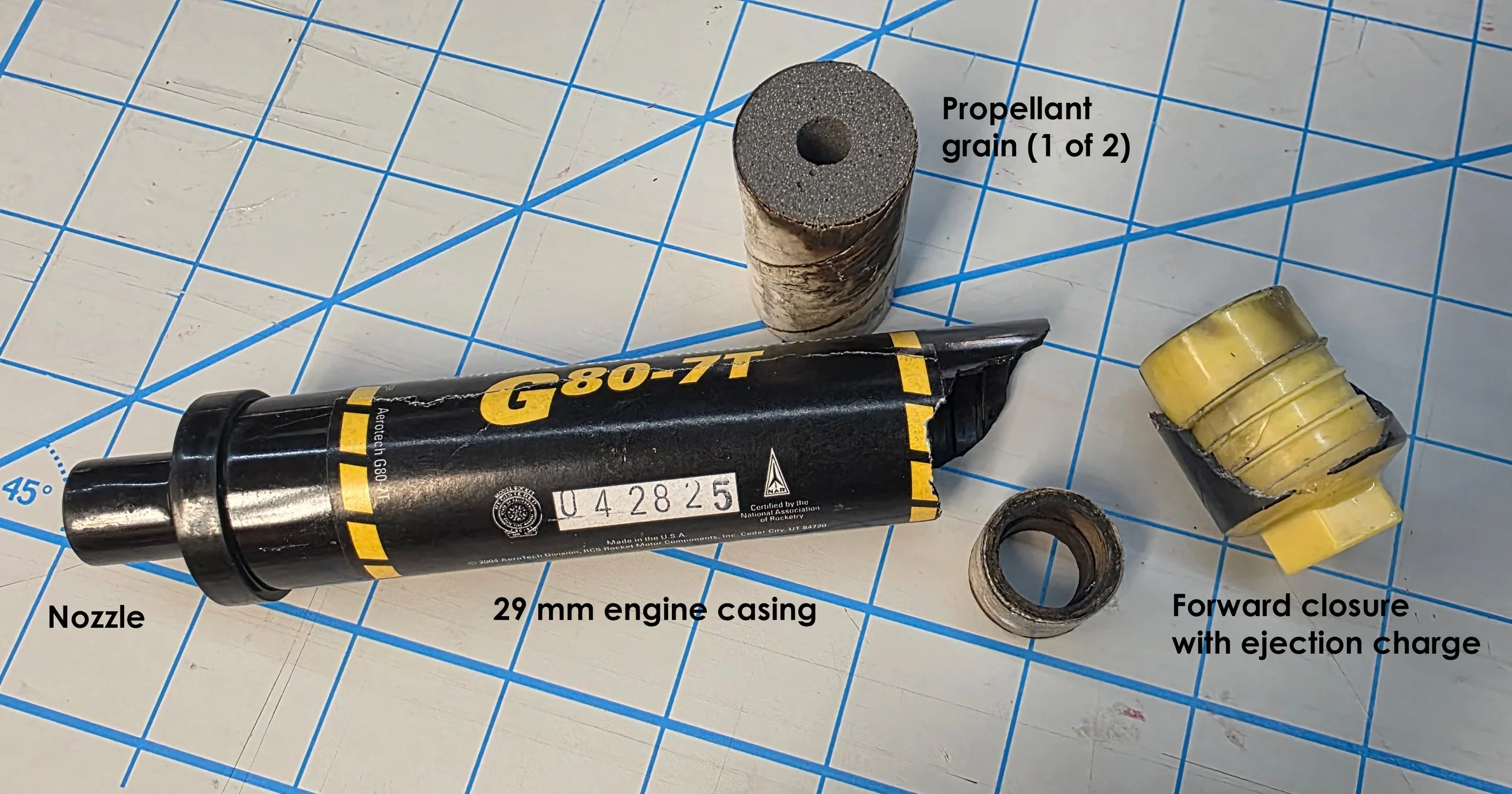
Cracked engine casing showing one of the two unignited propellant grains. The yellow forward closure contains unignited black powder of the ejection charge. Both failed motors are stamped with the same date/batch number.
is about 27 degrees to the horizontal as demonstrated by these piles of grain outside an elevator. This critical threshold describes the maximum stable slope that a dry, loose granular material can assume and is primarily a function of the grain size of the material involved. This concept is employed by geologists when assessing the stability of natural slopes.

Grain elevator near Ritzville, Washington. It’s been quite a good yield despite the dry conditions this year in the Columbia Basin.
dimple the eastern Washington landscape, so-called Mima mounds, where geologists have proposed multiple hypotheses in order to explain their puzzling origin. They seem to be relic features not being formed today, so I favor the periglacial origin, similar to the mechanism that creates patterned ground in Arctic regions.
Wide view of Mima mounds in Turnbull National Wildlife Refuge. Click on image to embiggen.
The low areas between the mounds often contain vernal pools of shallow water in late winter and early spring. Click on image to enlarginate.
has begun and these are my finished projectiles to fly during the four-day long event over Labor Day weekend near the Tri-Cities in eastern Washington. Aiming higher!

The wound fiberglass Wildman Journey (left) and Wildman Cherokee (right) are lofted on 38 mm and 29 mm engines, respectively.
for a fishing Osprey on a ponderosa pine snag, observed today attempting to grab breakfast from a wetland pond, though unsuccessfully.
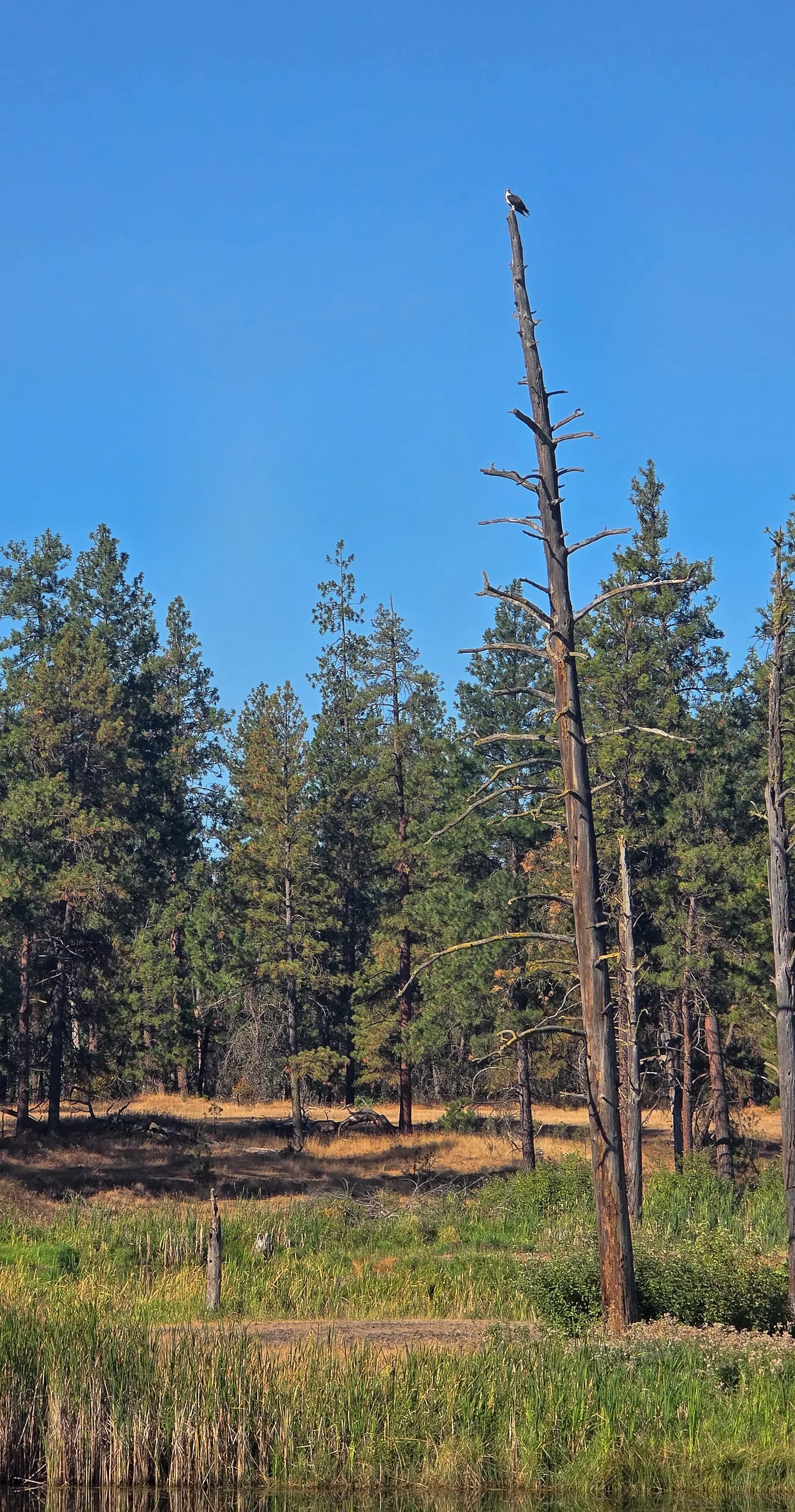

Osprey (Pandion haliaetus).
bedrock occur along the Fish Lake trail, the result of an advancing lava flow into a standing forest during the Miocene Epoch. Imagine the snap, crackle, pop and hiss as the trees were overrun by the molten lava. Geology is everywhere, you just have to look!
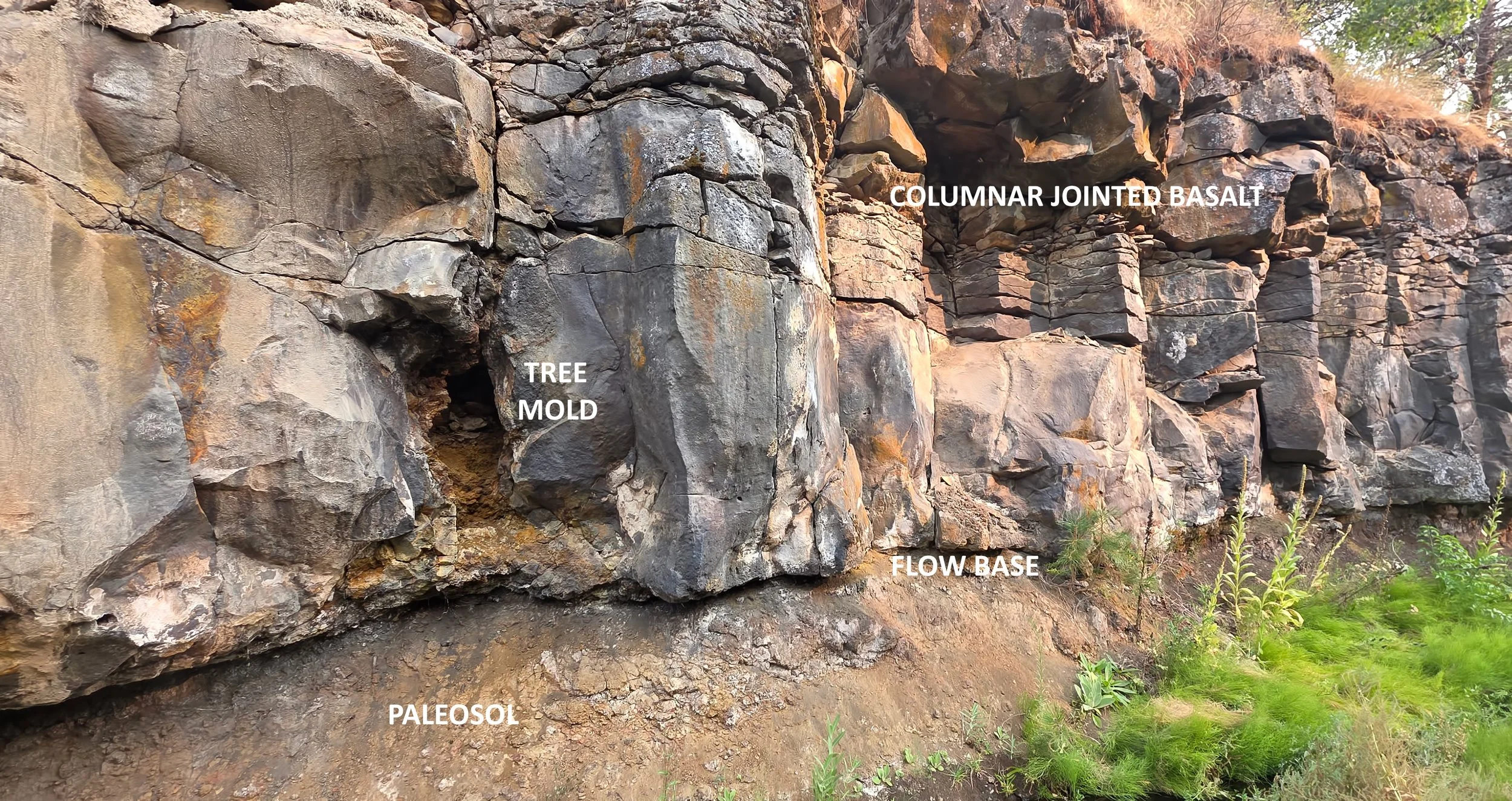
Old railroad cut exposing a tree mold in the Wanapum Basalt, Priest Rapids Member (15.97-11.63Ma).

Base of another tree mold showing the flaring of the root collar in contact with the underlying paleosol. Note the silicified wood fragments that still exhibit cellular structure.
working a wetland pond for breakfast as a united flotilla, seemingly surrounded by glistening diamonds due to strong backlighting by the Sun. Between these and the Osprey, the fish that occupy these pools don’t stand a chance.

American White Pelican (Pelecanus erythrorhynchos).
together this afternoon, caught at the moment when Mama Osprey takes off - seen below - and Junior launches shortly thereafter with little fanfare. Godspeed, Junior!

Osprey (Pandion haliaetus).
for a hiding, but somewhat curious, badger.

American badger (Taxidea taxus).
by Mama Osprey, yet again, this evening. She’s going to have to starve this capable fledgling in order to get this nest potato to launch.

Osprey (Pandion haliaetus).



continues through another evening with Junior content to hang out at the platform nest while Mama Osprey continues to deliver fresh fish.

Mature female ‘Mama’ Osprey (Pandion haliaetus) perched nearby and calling to Junior on the platform nest.
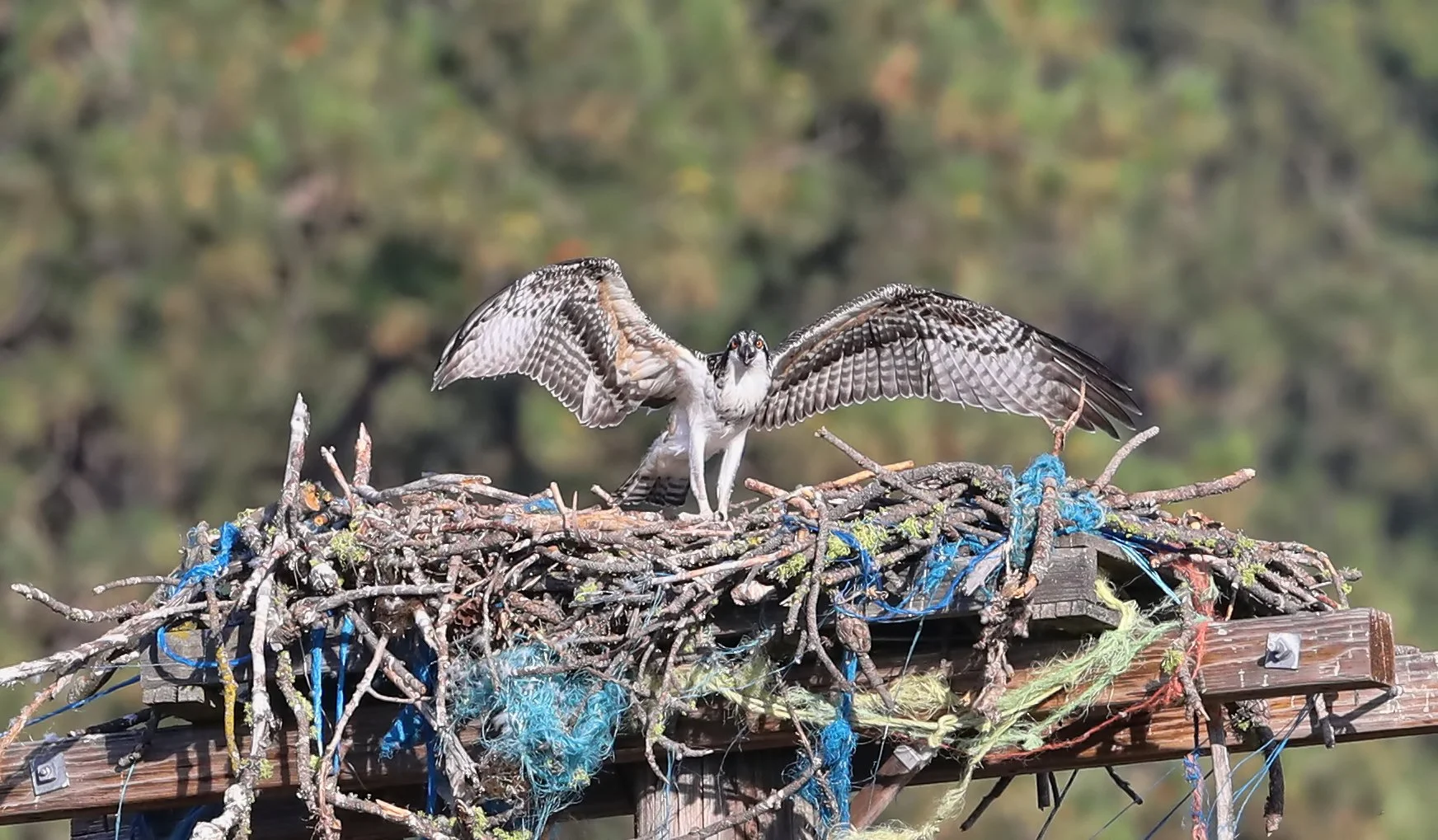
‘Junior’ Osprey discovering and exercising its wings while waiting for a free meal. It’s fully capable of flight and just needs to take the big leap.
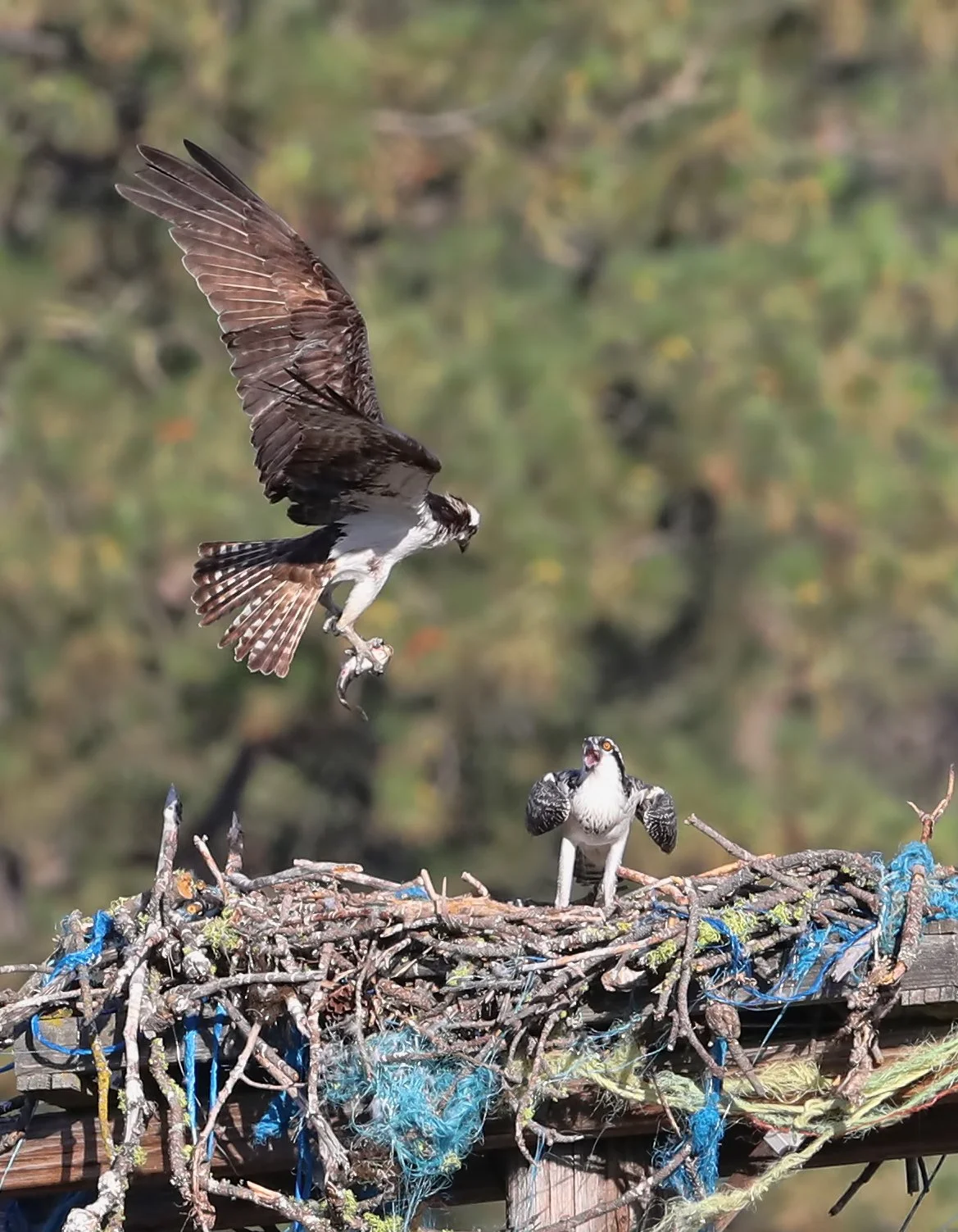

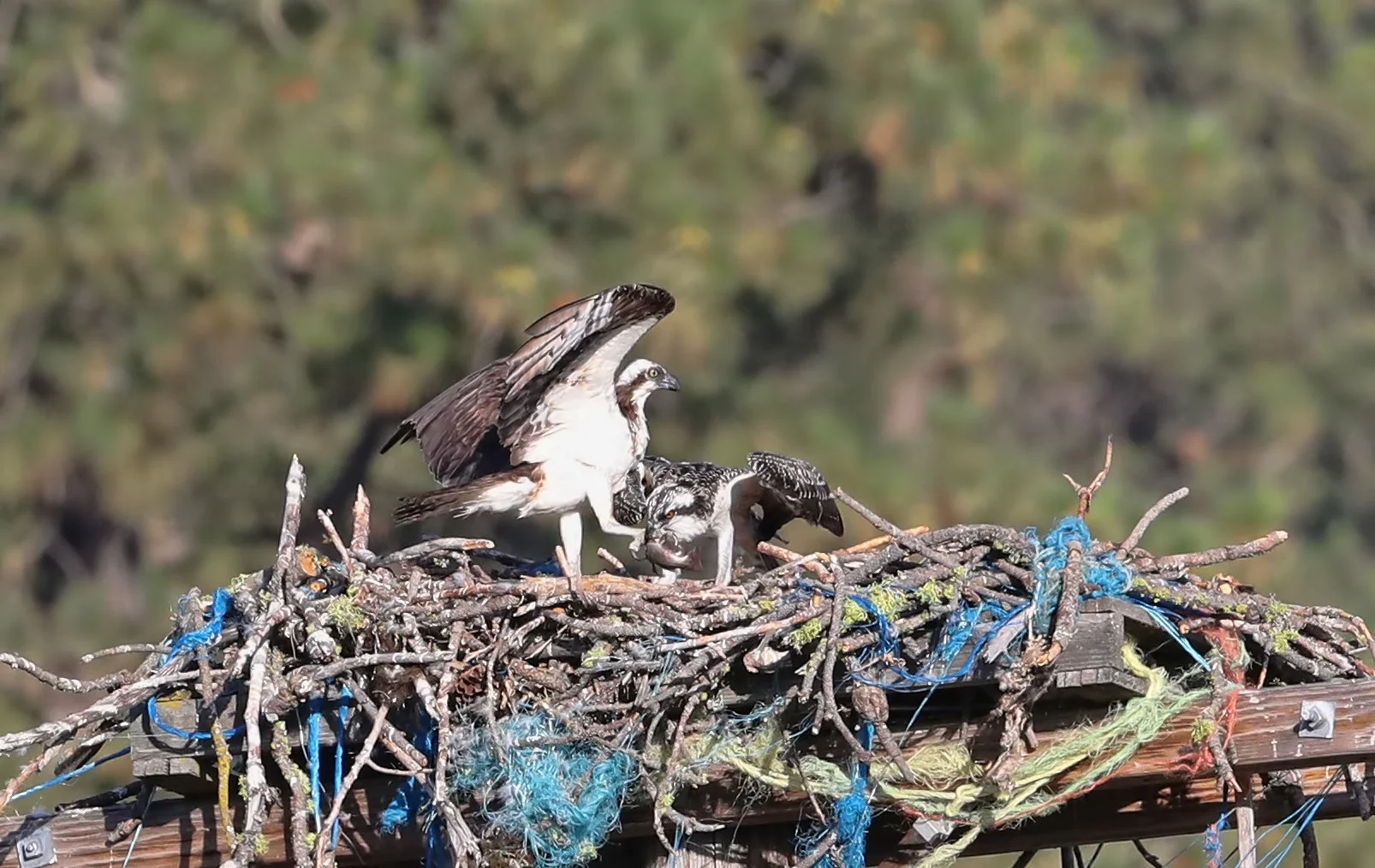
The tempo of life of a wildlife photographer is somewhat similar to that of a soldier: Long periods of interminable boredom punctuated by brief moments of intense chaos.
today because Mama keeps feeding Junior fresh fish. Why leave home and work for food when you can have it delivered, the avian equivalent of Grubhub or DoorDash?

Osprey (Pandion haliaetus) with fish in talons.

was caught taking a break in the garden, but it looks a bit ragged in the back end.

Two-tailed swallowtail (Papilio multicaudata).
consisted of short hops and hovering maneuvers this morning and late afternoon, no more than five to ten feet (2-3 m) above the platform nest, nicely oriented into the stiff breeze. Tomorrow’s the big graduation day, I’d bet.

Juvenile Osprey (Pandion haliaetus).



on the columnar basalt bedrock mark the seasonal variation of water levels in the wetlands, indicating small but significant changes in the system through time.
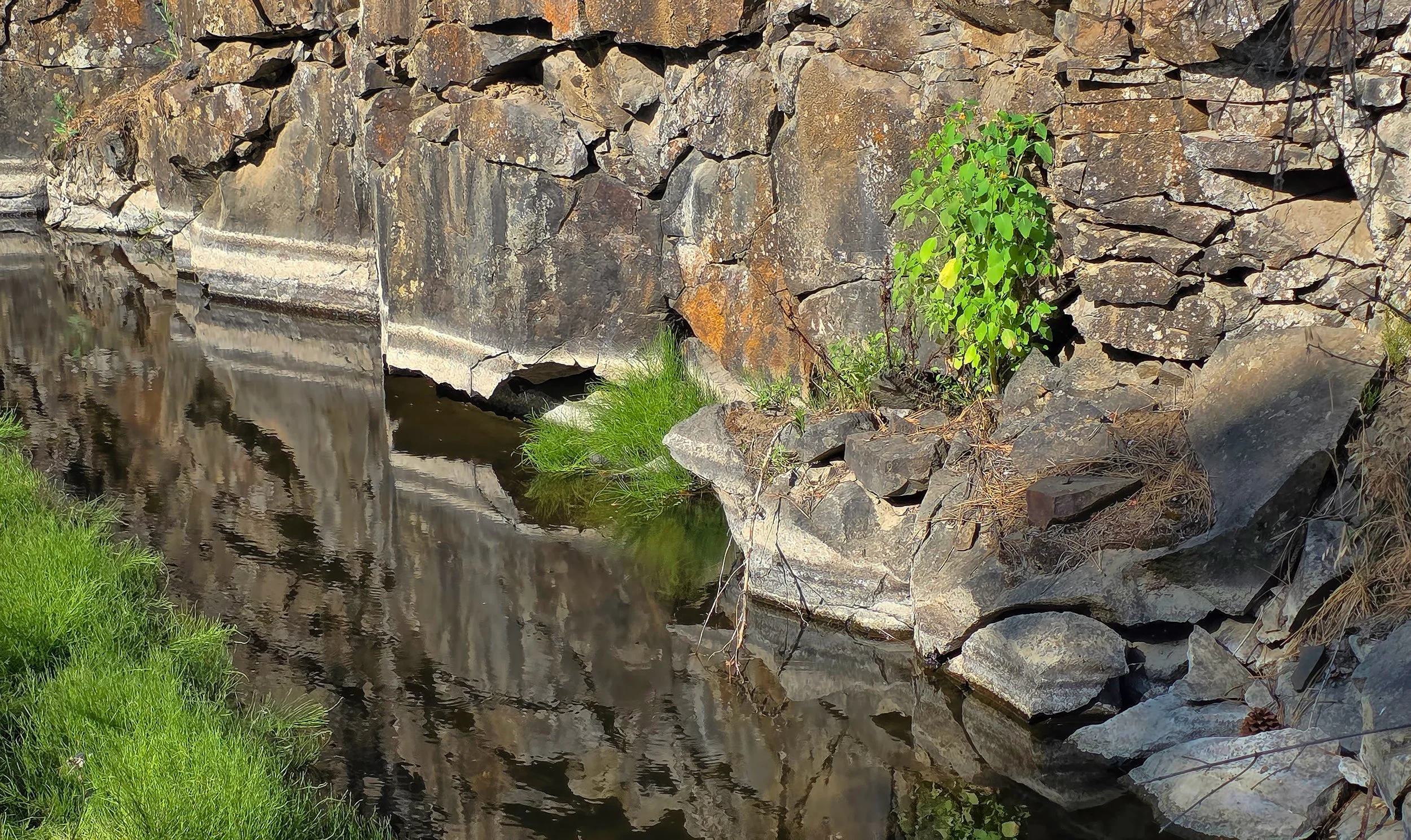
works the wetland pond, as if mowing the lawn back and forth, herding and gulping carp in the process. Seems quite successful.

American White Pelican (Pelecanus erythrorhynchos).

Telephoto images caught with my smartyphone. Not bad.
in preparation for the upcoming Sod Blaster VII event in just one month.

The Wildman Cherokee (left) and Wildman Journey (right) fly on 29 and 38 mm engines, respectively.